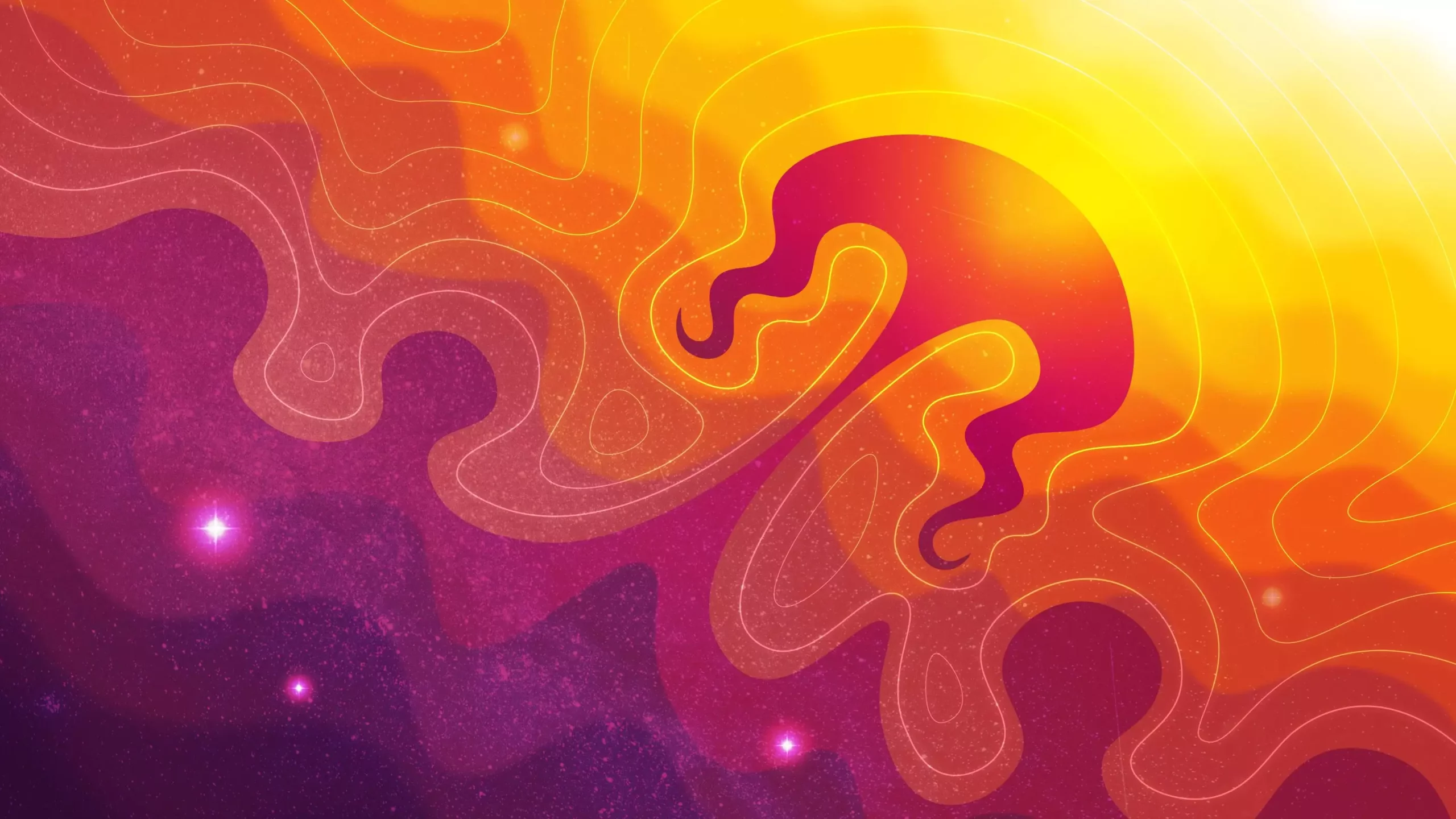Plasma, often referred to as the fourth state of matter, is an electrically charged gas composed of ions and free electrons. It represents a fundamental component of the universe, observable in celestial phenomena, and underpins countless technological advancements on Earth. Thanks to its unique properties, plasma interacts dynamically with magnetic fields, leading to fascinating effects that have intrigued scientists for decades. Recent breakthroughs at the U.S. Department of Energy’s Princeton Plasma Physics Laboratory (PPPL) have allowed researchers to capture, for the first time, the intricate dance between plasma and magnetic fields, offering new insights into complex astrophysical phenomena such as plasma jets from black holes.
Led by Sophia Malko and supported by the PPPL team, the recent study employed an innovative approach to probe the behavior of plasma under the influence of powerful magnetic fields. Utilizing proton radiography, a refined technique for capturing detailed images of plasma interactions, the researchers were able to visualize the deformations in magnetic fields induced by expanding plasma. This experiment utilized a potent laser directed at a small plastic disk, resulting in plasma generation. A secondary part of the process involved firing multiple lasers at a hydrogen and helium fuel capsule, generating protons and X-rays that provided the necessary backdrop for observation.
The distinct method of integrating mesh sheets with tiny apertures added granularity to the analysis. By separating the proton streams and observing their distortion, the researchers could glean information about the magnetic field’s response and the instabilities that emerged at the plasma boundaries. Malko noted, “The ability to see the dynamics of the magnetic fields in real-time was unprecedented and instrumental in drawing conclusions about their interaction with expanding plasma.”
Understanding Magneto-Rayleigh Taylor Instabilities
A key aspect of the study revolved around the phenomenon known as magneto-Rayleigh Taylor instabilities. As plasma expands, it interacts with magnetic fields at its boundaries, giving rise to turbulent structures reminiscent of mushrooms or columns. These instabilities occur when forces drive plasma into a magnetic field, leading to a fascinating interplay that mirrors astrophysical jets witnessed emanating from distant celestial bodies. The newly collected data suggested that similar processes could contribute to the generation of these enormous jets that traverse vast cosmic distances, potentially shedding light on their elusive origins.
This finding is particularly significant because the mechanisms behind plasma jet formation have long remained an enigma. With Malko’s assertion that “our observations help confirm long-held theories about plasma behavior,” the implications of the research extend beyond Earth, inviting a reexamination of astrophysical models involving supermassive black holes and their associated structures.
The advancements in diagnostic capabilities at PPPL represent a commendable stride in the field of plasma research, particularly concerning high energy density (HED) plasmas. These types of plasmas, created under conditions of intense heat and pressure, stand in contrast to those regularly encountered in fusion experiments. As Will Fox, a principal investigator on the project, remarked, “Our research has highlighted the essential role of magnets in plasma jet formation, paving the way for deeper inquiries into astrophysical phenomena.”
The recent findings not only refine existing theories associated with magnetized plasmas but also bolster the development of future experiments aimed at understanding and simulating these astrophysical processes in greater detail. Researchers hope to correct previously held assumptions regarding the direct relationship between plasma density and magnetism, an area which Malko emphasized could lead to more precise models.
Future Implications and Collaborations
As collaborations burgeon, with contributions from the University of California-Los Angeles, Sorbonne University, and other prestigious institutions, this ongoing research is poised to expand its horizons further. The integration of technical expertise across disciplines will facilitate future experiments that could unravel additional intricacies of plasma dynamics.
Moreover, the findings might bridge gaps between laboratory experiments and cosmic events, enabling scientists to replicate conditions found in interstellar space within the controlled environment of a lab. As Laura Berzak Hopkins asserted, this endeavor integrates technical prowess with theoretical advancements, underscoring the importance of interdisciplinary collaboration in modern scientific inquiry.
The research conducted at PPPL stands as a testament to human ingenuity and the relentless pursuit of knowledge. By unraveling the complexities of plasma behavior, scientists not only enhance our understanding of the universe but also innovate technologies that could have profound implications for the future of energy production and materials science. As they continue to push the boundaries of plasma diagnostics and observational capabilities, the relationship between magnetic fields and plasma is becoming increasingly clearer, heralding a new era in both theoretical and applied physics.


Leave a Reply